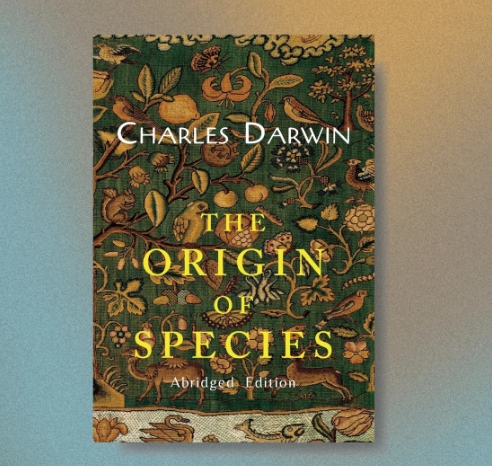Jane Austen’s ‘Pride and Prejudice’ continues to captivate readers with its timeless charm and universal themes.
Enduring Appeal
The novel, first published in 1813, has remained a beloved classic for over two centuries. Its portrayal of love, social class, and personal growth resonates with readers of all ages and backgrounds.
Complex Characters
Austen’s characters are richly drawn and nuanced, from the headstrong Elizabeth Bennet to the enigmatic Mr. Darcy. Their flaws and virtues make them feel like real people, allowing readers to connect with them on a personal level.
Social Commentary
Through the lens of Regency-era England, Austen explores issues of class, gender, and societal expectations. Her sharp wit and keen observations provide a window into the complexities of human relationships and the constraints of polite society.
Timeless Romance
At its core, ‘Pride and Prejudice’ is a love story that transcends time and culture. The slow-burning romance between Elizabeth and Darcy, filled with wit and misunderstandings, has inspired countless adaptations and retellings.
Literary Influence
Austen’s novel has had a lasting impact on literature, influencing generations of writers and sparking academic debate. Its elegant prose and narrative structure set a high standard for the genre of romantic fiction.
Cultural Legacy
From bridal fashion to popular culture references, ‘Pride and Prejudice’ continues to leave its mark on the world. Its iconic lines and memorable characters have become part of the cultural lexicon, ensuring its place in the literary canon for years to come.
In conclusion, the enduring allure of Jane Austen’s ‘Pride and Prejudice’ lies in its timeless themes, complex characters, and lasting legacy. It remains a testament to the power of storytelling and the enduring appeal of the human experience.
